 Search by Keyword
|
“RUBBER SOUL”
(ST 2442)
Released December 6th, 1965
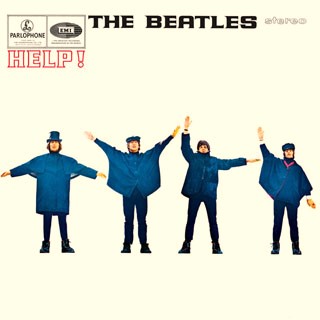 Once again, the pressure was on. The strict policy The Beatles had followed since their signing with EMI’s Parlophone label was to produce two albums per year, notwithstanding their hectic schedule otherwise. They fulfilled this agreement for the first two years of their contract, but since their first album for 1965, the soundtrack to their motion picture “Help!,” hadn't been released until August of that year, they felt extremely rushed. Once again, the pressure was on. The strict policy The Beatles had followed since their signing with EMI’s Parlophone label was to produce two albums per year, notwithstanding their hectic schedule otherwise. They fulfilled this agreement for the first two years of their contract, but since their first album for 1965, the soundtrack to their motion picture “Help!,” hadn't been released until August of that year, they felt extremely rushed.
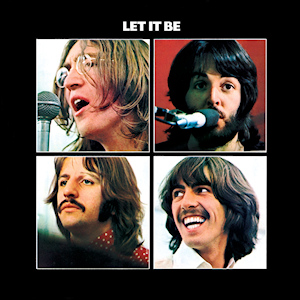 After their second American tour was completed on August 31st of that year, they worked hard to scrape together enough new material to fill the required fourteen tracks for their sixth British album as well as two additional songs for a year-end single. This time around, though, The Beatles decided to only feature original material, a policy they kept to throughout the rest of their career (with the slight exception of “Maggie Mae” on the “Let It Be” album). Therefore, they didn’t delve back into their old Cavern repertoire to resurrect some old favorites as they had on last year’s “Beatles For Sale” album. After their second American tour was completed on August 31st of that year, they worked hard to scrape together enough new material to fill the required fourteen tracks for their sixth British album as well as two additional songs for a year-end single. This time around, though, The Beatles decided to only feature original material, a policy they kept to throughout the rest of their career (with the slight exception of “Maggie Mae” on the “Let It Be” album). Therefore, they didn’t delve back into their old Cavern repertoire to resurrect some old favorites as they had on last year’s “Beatles For Sale” album.
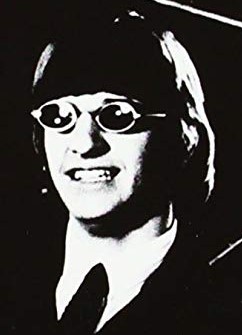 With confidence high and only a month to record the album, they proved themselves up to the task. “I felt we were progressing in leaps and bounds, musically,” remembers Ringo Starr. “Some of the material on…the 1965 ‘Rubber Soul’ album was just brilliant; what was happening elsewhere was nothing like it.” With confidence high and only a month to record the album, they proved themselves up to the task. “I felt we were progressing in leaps and bounds, musically,” remembers Ringo Starr. “Some of the material on…the 1965 ‘Rubber Soul’ album was just brilliant; what was happening elsewhere was nothing like it.”
Origin Of The Album
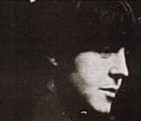 Never before had a Beatles album title raised so many eyebrows. Instead of using a song title, a movie title or a cute catch phrase (like “With The Beatles” or “Beatles For Sale”), they came up with something unique. But what exactly is a “rubber soul?” Never before had a Beatles album title raised so many eyebrows. Instead of using a song title, a movie title or a cute catch phrase (like “With The Beatles” or “Beatles For Sale”), they came up with something unique. But what exactly is a “rubber soul?”
Almost three weeks into recording the album, they still hadn’t decided on a title. During an interview on November 1st, 1965, Paul stated concerning the album, “the title of which could be ‘It’s The Bloody Beatles Again!” or ‘Eight Feet Away.’”
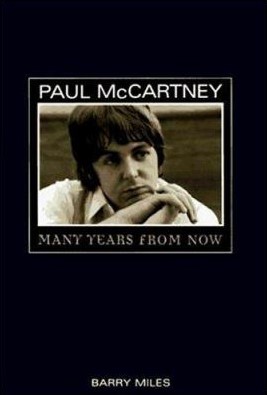 Hints at an explanation of where “Rubber Soul” came from can be found from different sources. “That was Paul’s title,” John Lennon said many years later, adding, “It was like ‘Yer Blues,’ I suppose, meaning English soul…just a pun.” Barry Miles, co-author of Paul McCartney’s book “Many Years From Now,” claims it “was a reference to rubber-soled shoes as well as soul music.” Hints at an explanation of where “Rubber Soul” came from can be found from different sources. “That was Paul’s title,” John Lennon said many years later, adding, “It was like ‘Yer Blues,’ I suppose, meaning English soul…just a pun.” Barry Miles, co-author of Paul McCartney’s book “Many Years From Now,” claims it “was a reference to rubber-soled shoes as well as soul music.”
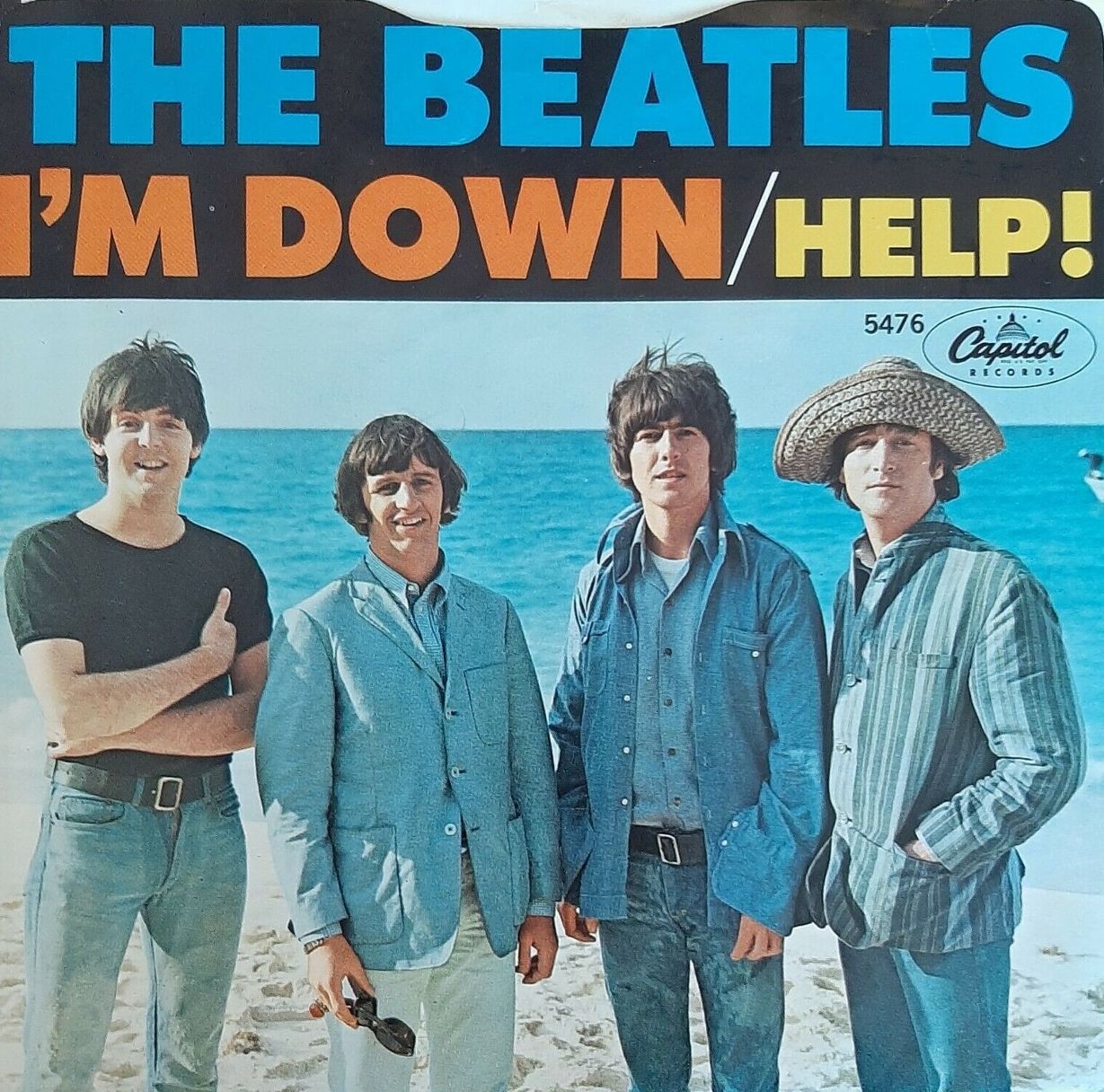 Paul himself, however, fully explains how the title came about. “I think the title ‘Rubber Soul’ came from a comment an old blues guy had said of Jagger. I’ve heard some out-takes of us doing ‘I’m Down’ (from June 14th, 1965) and at the front of it I’m chatting on about Mick. I’m saying how I’d just read about an old bloke in the States who said, ‘Mick Jagger, man. Well you know they’re good – but it’s plastic soul.’ So ‘plastic soul’ was the germ of the ‘Rubber Soul’ idea.” In fact, at the end of the first take of “I’m Down” the tape captures Paul exclaiming, “Plastic soul, man, plastic soul!” Paul himself, however, fully explains how the title came about. “I think the title ‘Rubber Soul’ came from a comment an old blues guy had said of Jagger. I’ve heard some out-takes of us doing ‘I’m Down’ (from June 14th, 1965) and at the front of it I’m chatting on about Mick. I’m saying how I’d just read about an old bloke in the States who said, ‘Mick Jagger, man. Well you know they’re good – but it’s plastic soul.’ So ‘plastic soul’ was the germ of the ‘Rubber Soul’ idea.” In fact, at the end of the first take of “I’m Down” the tape captures Paul exclaiming, “Plastic soul, man, plastic soul!”
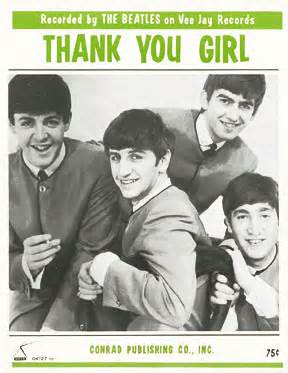 As far as their songwriting on the album, it was obvious that a change was in the air. Paul explains: “The direction was moving away from the poppy stuff like ‘Thank You Girl,’ ‘From Me To You’ and ‘She Loves You.’ The early material was directly related to our fans, saying, ‘Please buy this record,’ but now we’d come to a point where we thought, ‘We’ve done that. Now we can branch out into songs that are more surreal, a little more entertaining.’ And other people were starting to arrive on the scene who were influential. (Bob) Dylan was influencing us quite heavily at that point.” As far as their songwriting on the album, it was obvious that a change was in the air. Paul explains: “The direction was moving away from the poppy stuff like ‘Thank You Girl,’ ‘From Me To You’ and ‘She Loves You.’ The early material was directly related to our fans, saying, ‘Please buy this record,’ but now we’d come to a point where we thought, ‘We’ve done that. Now we can branch out into songs that are more surreal, a little more entertaining.’ And other people were starting to arrive on the scene who were influential. (Bob) Dylan was influencing us quite heavily at that point.”
 Ringo fills us in on another reason for the changes in the songwriting on the album: “Grass was really influential in a lot of our changes, especially with the writers. And because they were writing different material, we were playing differently. We were expanding in all areas of our lives, opening up to a lot of different attitudes. I feel that we made it on love songs (all the initial songs were love songs). Now we get to ‘Rubber Soul’ and begin stretching the writing and the playing a lot more. This was the departure record. A lot of other influences were coming down and going on the record.” Ringo fills us in on another reason for the changes in the songwriting on the album: “Grass was really influential in a lot of our changes, especially with the writers. And because they were writing different material, we were playing differently. We were expanding in all areas of our lives, opening up to a lot of different attitudes. I feel that we made it on love songs (all the initial songs were love songs). Now we get to ‘Rubber Soul’ and begin stretching the writing and the playing a lot more. This was the departure record. A lot of other influences were coming down and going on the record.”
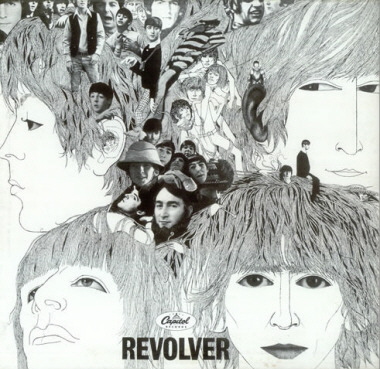 “’Rubber Soul’ was the pot album and ‘Revolver’ was the acid,” Lennon stated in 1972. “The drugs are to prevent the rest of the world from crowding in on you. They don’t make you write any better.” “’Rubber Soul’ was the pot album and ‘Revolver’ was the acid,” Lennon stated in 1972. “The drugs are to prevent the rest of the world from crowding in on you. They don’t make you write any better.”
“Songwriting for me, at the time of ‘Rubber Soul,’ was a bit frightening because John and Paul had been writing since they were three years old,” George Harrison remembers. “It was hard to come in suddenly and write songs. They’d had a lot of practice. They’d written most of their bad songs before we’d even got into the recording studio. I had to come from nowhere and start writing, and have something with at least enough quality to put on the record alongside all the wondrous hits. It was very hard.”
Recording The Album
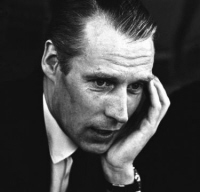 “I think ‘Rubber Soul’ was the first of the albums that presented a new Beatles to the world,” producer George Martin later explained. "Up to this point, we had been making albums that were rather like a collection of their singles and now we really were beginning to think about albums as a bit of art in their own right. We were thinking about the albums as an entity of its own and ‘Rubber Soul’ was the first one to emerge in this way." “I think ‘Rubber Soul’ was the first of the albums that presented a new Beatles to the world,” producer George Martin later explained. "Up to this point, we had been making albums that were rather like a collection of their singles and now we really were beginning to think about albums as a bit of art in their own right. We were thinking about the albums as an entity of its own and ‘Rubber Soul’ was the first one to emerge in this way."
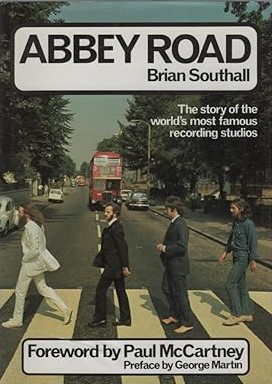 Since sales from Beatles records were dwarfing any other artist EMI had on their roster, the label was bending over backwards for new Beatles music by late 1965. "We were given very much carte blanche with Studio 2, but didn't really chuck people out," George Martin relates in the Brian Southall book "Abbey Road," "although there were times when pressure was brought to bear and somebody who had the studio booked was told that The Beatles wanted it. I didn't approve of this at all, but sometimes the boys would steam-roller people. EMI contributed to this by demanding product, and we were often unfairly accused of being arrogant." Since sales from Beatles records were dwarfing any other artist EMI had on their roster, the label was bending over backwards for new Beatles music by late 1965. "We were given very much carte blanche with Studio 2, but didn't really chuck people out," George Martin relates in the Brian Southall book "Abbey Road," "although there were times when pressure was brought to bear and somebody who had the studio booked was told that The Beatles wanted it. I didn't approve of this at all, but sometimes the boys would steam-roller people. EMI contributed to this by demanding product, and we were often unfairly accused of being arrogant."
 “We were just getting better, technically and musically, that’s all,” John Lennon said in interview in 1971. “Finally we took over the studio. In the early days we had to take what we were given – we didn’t know how we could get more bass. We were learning the technique on ‘Rubber Soul.’ We were more precise about making the album, that’s all.” “We were just getting better, technically and musically, that’s all,” John Lennon said in interview in 1971. “Finally we took over the studio. In the early days we had to take what we were given – we didn’t know how we could get more bass. We were learning the technique on ‘Rubber Soul.’ We were more precise about making the album, that’s all.”
Ringo Starr supplies much detail as to the recording of this album. “It was getting to be really exciting in the studio. We did it all in there: rehearsing, recording and finishing songs. We never hired a rehearsal room to run down the songs, because a lot of them weren’t finished. The ideas were there for the first verse, or a chorus, but it could be changed by the writers as we were doing it, or if anyone had a good idea.”
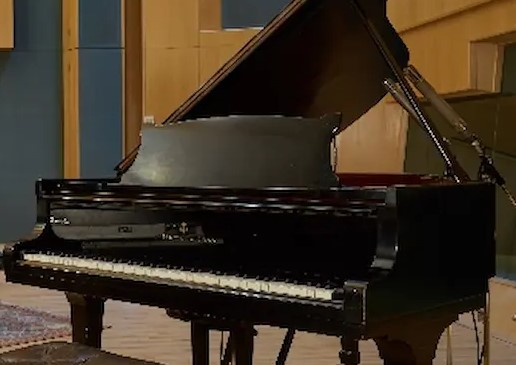 Ringo elaborated on how a "Rubber Soul" song would be introduced: “The first form in which I’d hear a newly written tune would be on the guitar or piano. It’s great to hear the progression through takes of various songs. They’d change dramatically. First of all, whoever wrote it would say, ‘It goes like this.’ They would play it on guitar or piano, singing it every time – they would be learning to sing the song while we were all learning to play it, over and over again.” Ringo elaborated on how a "Rubber Soul" song would be introduced: “The first form in which I’d hear a newly written tune would be on the guitar or piano. It’s great to hear the progression through takes of various songs. They’d change dramatically. First of all, whoever wrote it would say, ‘It goes like this.’ They would play it on guitar or piano, singing it every time – they would be learning to sing the song while we were all learning to play it, over and over again.”
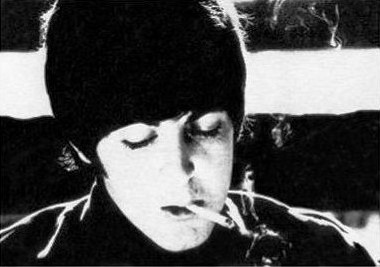 Regarding their use of marijuana during recording sessions, Lennon explained, “We weren’t all stoned making ‘Rubber Soul,’ because in those days we couldn’t work on pot.” Ringo confirms: "When we did take too many substances, the music was sh*t, absolute sh*t. At the time we’d think it was great, but when we came to record the next day we’d all look at each other and say, ‘We’ll have to do that again.’ It didn’t work for The Beatles to be too deranged when making music. There’s very little material where we were out to lunch. It was good to take it the day before – then you’d have that creative memory – but you couldn’t function while under the influence." Regarding their use of marijuana during recording sessions, Lennon explained, “We weren’t all stoned making ‘Rubber Soul,’ because in those days we couldn’t work on pot.” Ringo confirms: "When we did take too many substances, the music was sh*t, absolute sh*t. At the time we’d think it was great, but when we came to record the next day we’d all look at each other and say, ‘We’ll have to do that again.’ It didn’t work for The Beatles to be too deranged when making music. There’s very little material where we were out to lunch. It was good to take it the day before – then you’d have that creative memory – but you couldn’t function while under the influence."
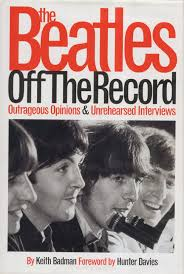 The pressure to get the album completed in time was not always fun and games, according to Beatles road manager Mal Evans. In Keith Badman's book "The Beatles Off The Record," Mal Evans writes: "Things get tense, sometimes even between close friends, and recording is not the easiest thing in the world, you know, especially when you've got four people with different ideas and you've got to gel them altogether into one direction. I was always making tea, sandwiches or scrambled eggs, just doing anything to look after them, to make sure we kept them working well. The whole thing was, 'You make the music and I'll do anything in the world to make you comfortable.' So, I walked into the control room one night and the air was electric. You could cut it with a knife, everyone was snarling and I just walked in and dropped the tray of cups, and they all turned around and said, 'Hey, look at the dummy!' But then, they had a common enemy...They got diverted and so I broke the ice. Then, they were all joking and laughing. Cups were all over the floor, and they went back into the music again. I didn't mind. While they were laughing at you, they couldn't be shouting at you." The pressure to get the album completed in time was not always fun and games, according to Beatles road manager Mal Evans. In Keith Badman's book "The Beatles Off The Record," Mal Evans writes: "Things get tense, sometimes even between close friends, and recording is not the easiest thing in the world, you know, especially when you've got four people with different ideas and you've got to gel them altogether into one direction. I was always making tea, sandwiches or scrambled eggs, just doing anything to look after them, to make sure we kept them working well. The whole thing was, 'You make the music and I'll do anything in the world to make you comfortable.' So, I walked into the control room one night and the air was electric. You could cut it with a knife, everyone was snarling and I just walked in and dropped the tray of cups, and they all turned around and said, 'Hey, look at the dummy!' But then, they had a common enemy...They got diverted and so I broke the ice. Then, they were all joking and laughing. Cups were all over the floor, and they went back into the music again. I didn't mind. While they were laughing at you, they couldn't be shouting at you."
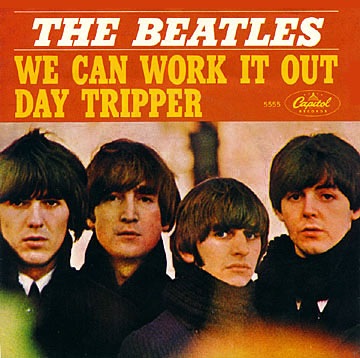 Strictly speaking, the fourteen songs required for the “Rubber Soul” album, along with “We Can Work It Out” and “Day Tripper,” which appeared on their next single, were recorded in approximately four weeks (October 12th to November 11th, 1965). In between these dates they also recorded two more projects, one being “The Beatles’ Third Christmas Record,” which was issued only to members of their fan club, and the other being an instrumental song they called “12-Bar Original,” which they hoped would be good enough to be included on the “Rubber Soul” album. It wasn’t. Strictly speaking, the fourteen songs required for the “Rubber Soul” album, along with “We Can Work It Out” and “Day Tripper,” which appeared on their next single, were recorded in approximately four weeks (October 12th to November 11th, 1965). In between these dates they also recorded two more projects, one being “The Beatles’ Third Christmas Record,” which was issued only to members of their fan club, and the other being an instrumental song they called “12-Bar Original,” which they hoped would be good enough to be included on the “Rubber Soul” album. It wasn’t.
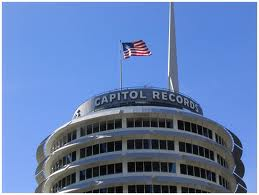 Although Capitol Records in the US decided to keep the title of the album for its American release, they did take some liberties regarding the track list. Four of the songs were omitted, these being “Drive My Car,” “What Goes On?,” “If I Needed Someone” and a song they hand-picked for a future single, namely “Nowhere Man.” They did have a surplus of two tracks from the British “Help!” album which hadn't yet seen the light of day in America, so they included them on “Rubber Soul,” namely “I’ve Just Seen A Face” and “It’s Only Love.” Since these two songs were recorded on June 14th and June 15th of 1965 respectively, the time span in the recording studio for the American version of “Rubber Soul” ranges from June 14th to November 11th, 1965. Although Capitol Records in the US decided to keep the title of the album for its American release, they did take some liberties regarding the track list. Four of the songs were omitted, these being “Drive My Car,” “What Goes On?,” “If I Needed Someone” and a song they hand-picked for a future single, namely “Nowhere Man.” They did have a surplus of two tracks from the British “Help!” album which hadn't yet seen the light of day in America, so they included them on “Rubber Soul,” namely “I’ve Just Seen A Face” and “It’s Only Love.” Since these two songs were recorded on June 14th and June 15th of 1965 respectively, the time span in the recording studio for the American version of “Rubber Soul” ranges from June 14th to November 11th, 1965.
Cover Art
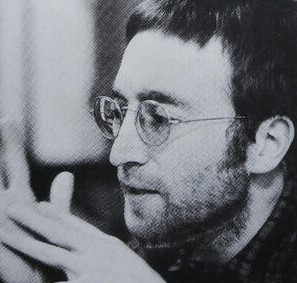 “We took over the cover and everything,” said John Lennon in 1970 about the “Rubber Soul” album. Just before the album was released in December of 1965, George Harrison stated: “The sleeve’s finished too, and the picture on the front is pretty good.” “We took over the cover and everything,” said John Lennon in 1970 about the “Rubber Soul” album. Just before the album was released in December of 1965, George Harrison stated: “The sleeve’s finished too, and the picture on the front is pretty good.”
Photographer Robert Freeman explained: “It was becoming very difficult to get the four together for a photo session. The photograph for ‘Rubber Soul,’ the last album cover in which I was involved, was taken in the garden of John’s house in Weybridge, the central point for three of them. The distorted effect in the photo was a reflection of the changing shape of their lives.”
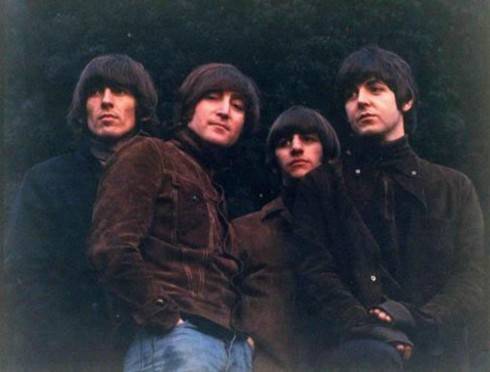 Paul fills in some of the details about the cover: “When we came to choose which of Bob’s photos we should use for the cover of ‘Rubber Soul,’ he visited us at a friend’s flat one evening. Whilst projecting the slides on to an album-sized piece of white cardboard, Bob inadvertently tilted the card backwards. The effect was to stretch the perspective and elongate the faces. We excitedly asked him if it was possible to print the photo in this way. Being Bob, he said, ‘Yes,’ and the cover to our album ‘Rubber Soul’ was decided.” Paul fills in some of the details about the cover: “When we came to choose which of Bob’s photos we should use for the cover of ‘Rubber Soul,’ he visited us at a friend’s flat one evening. Whilst projecting the slides on to an album-sized piece of white cardboard, Bob inadvertently tilted the card backwards. The effect was to stretch the perspective and elongate the faces. We excitedly asked him if it was possible to print the photo in this way. Being Bob, he said, ‘Yes,’ and the cover to our album ‘Rubber Soul’ was decided.”
At The Beatles' request, Capitol left the cover intact for the American release, including the photo montage on the reverse side. The group finally had enough clout to call the shots - even in the US.
Success of “Rubber Soul”
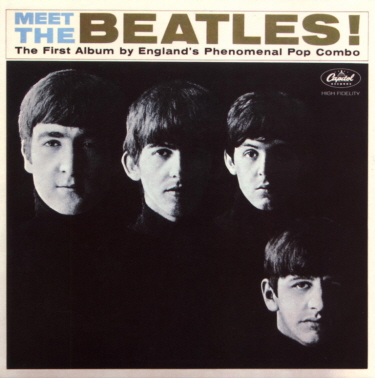 While the first Capitol album, “Meet The Beatles!,” contained twelve songs, their next five albums only contained eleven, which was done purposely by the record label to generate more income as well as to make more tracks available for future releases. The American soundtrack album for “Help!,” however, went back to the inclusion of twelve tracks, although five of these were instrumental selections from the movie. Because they felt they had something special with “Rubber Soul,” the people at Capitol decided to once again feature twelve tracks on this album. While the first Capitol album, “Meet The Beatles!,” contained twelve songs, their next five albums only contained eleven, which was done purposely by the record label to generate more income as well as to make more tracks available for future releases. The American soundtrack album for “Help!,” however, went back to the inclusion of twelve tracks, although five of these were instrumental selections from the movie. Because they felt they had something special with “Rubber Soul,” the people at Capitol decided to once again feature twelve tracks on this album.
Another indication of the label’s confidence in the album was the fact that they printed two million copies for its initial run, which was the most Capitol had ever printed at one time up until that point. It paid off very nicely for them, selling well over four million copies in America alone.
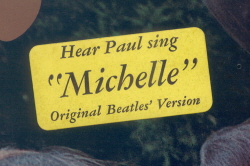 Finally, Capitol had so much faith that the album would be successful that it was the first American Beatles album not to have a single included on it. This was commonplace in Britain but unheard of in the US at the time. This didn’t stop radio stations from picking songs off of the album for radio play, “Michelle” being the favorite. In order to help record buyers locate where they could purchase this song, Capitol included a sticker that read “Hear Paul sing Michelle” affixed to the cover of “Rubber Soul.” Finally, Capitol had so much faith that the album would be successful that it was the first American Beatles album not to have a single included on it. This was commonplace in Britain but unheard of in the US at the time. This didn’t stop radio stations from picking songs off of the album for radio play, “Michelle” being the favorite. In order to help record buyers locate where they could purchase this song, Capitol included a sticker that read “Hear Paul sing Michelle” affixed to the cover of “Rubber Soul.”
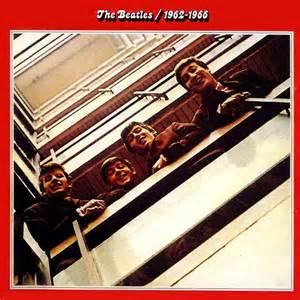 To show how popular the songs on this album became, the popular 1973 compilation album “The Beatles/1962-1966” (aka “Red Album”) featured six tracks from the British “Rubber Soul” album, the most from any original UK album on this release. To show how popular the songs on this album became, the popular 1973 compilation album “The Beatles/1962-1966” (aka “Red Album”) featured six tracks from the British “Rubber Soul” album, the most from any original UK album on this release.
Some record buyers in the '60s were treated to a different sounding “Rubber Soul” than anywhere else in the country. A master cut of the stereo mixes for the album that were created in New York have a very noticeable increase in reverb that was not present in the original mixes. Therefore, some stereo pressings of the album sound much more “wet,” as some audiophiles would say, than all of the other copies available at the time and therefore today. If you happen to own one of these copies, which have “W8#2” pressed into the trail off area on side one and “W14#1” on side two, I would hold on to it if I were you.
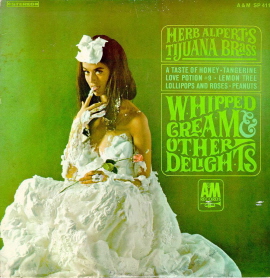 As far as chart action is concerned, it only took three weeks for the album to reach the top of the Billboard album chart where it stayed for six straight weeks. It then spent two weeks at #2, being eclipsed by “Whipped Cream & Other Delights” by Herb Alpert’s Tijuana Brass. (With an album cover like that, you can see why!) As far as chart action is concerned, it only took three weeks for the album to reach the top of the Billboard album chart where it stayed for six straight weeks. It then spent two weeks at #2, being eclipsed by “Whipped Cream & Other Delights” by Herb Alpert’s Tijuana Brass. (With an album cover like that, you can see why!)
Conclusion
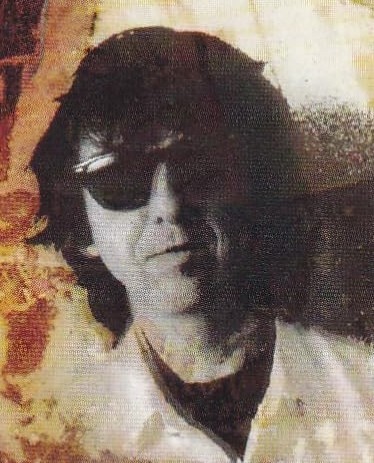 This quote from George Harrison in the '90s sums up nicely how The Beatles themselves felt about the album: “’Rubber Soul’ was my favorite album, even at that time. I think that it was the best one we made; we certainly knew we were making a good album. We did spend a bit more time on it and tried new things. But the most important thing about it was that we were suddenly hearing sounds that we weren’t able to hear before. Also, we were being more influenced by other people’s music and everything was blossoming at that time; including us, because we were still growing.” This quote from George Harrison in the '90s sums up nicely how The Beatles themselves felt about the album: “’Rubber Soul’ was my favorite album, even at that time. I think that it was the best one we made; we certainly knew we were making a good album. We did spend a bit more time on it and tried new things. But the most important thing about it was that we were suddenly hearing sounds that we weren’t able to hear before. Also, we were being more influenced by other people’s music and everything was blossoming at that time; including us, because we were still growing.”
Written and compiled by Dave Rybaczewski
CLICK ON THE SONG TITLES BELOW TO READ THE IN-DEPTH HISTORY OF THE SONGS ON "RUBBER SOUL"
|
IF YOU WOULD LIKE TO MAKE A DONATION TO KEEP THIS WEBSITE UP AND RUNNING, PLEASE CLICK BELOW!
Sign Up Below for our MONTHLY BEATLES TRIVIA QUIZ!
|